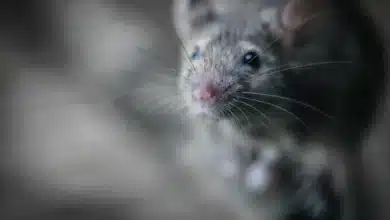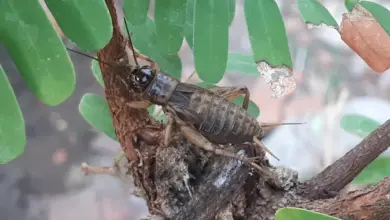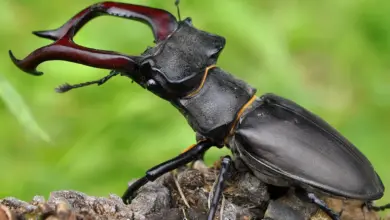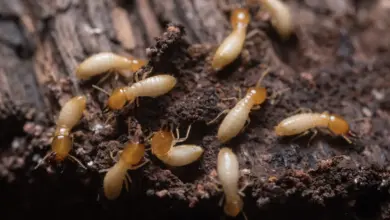Good News Bee is buzzing its way into the spotlight, and there’s a lot to know about this fascinating topic. As bee populations face various challenges, understanding their vital role in ecosystems can help us protect them and promote their thriving existence.
Honeybees, for example, are essential pollinators that contribute to the growth of plants and crops. They collect nectar and pollen from flowers, transferring it from one blossom to another, aiding in the fertilization process. This process benefits not just the bees – who rely on the nectar and pollen for their sustenance – but also humans, as many food crops depend on pollination.
[ez-toc]
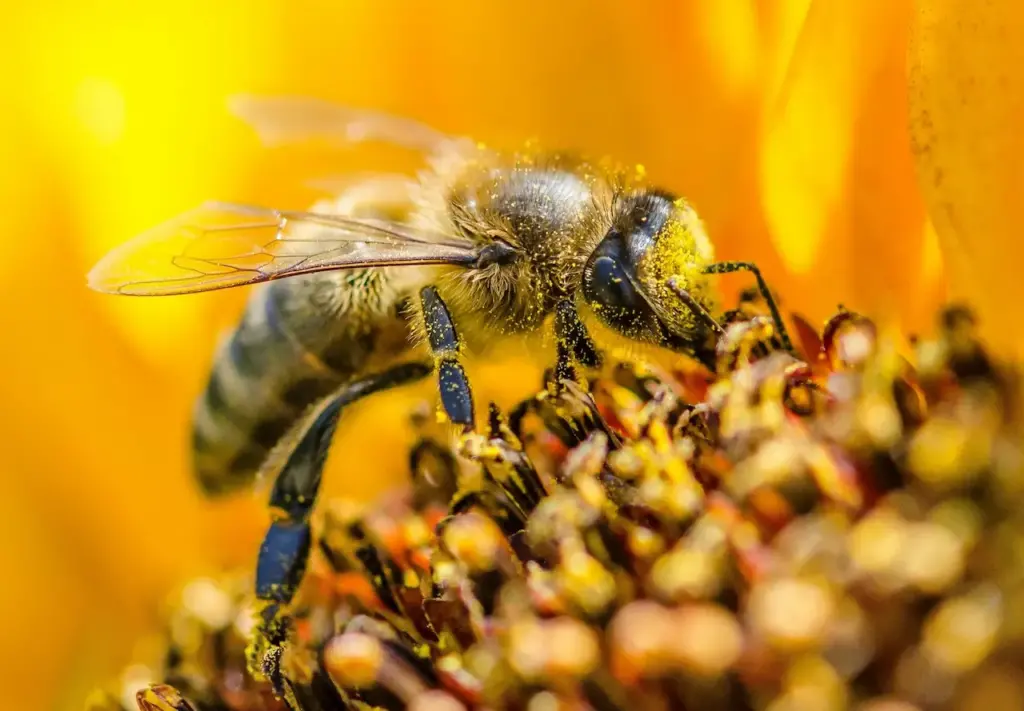
The Good News Bee
Origin and Folklore
The Good News Bee, also known as Milesia virginiensis, holds a special place in American folklore. It is believed to bring good tidings to those who witness it, making it a symbol of positivity and hope.
Physical Characteristics
Milesia virginiensis has some distinct features, such as:
- Size: About 0.6 to 0.7 inches in length.
- Color: Mostly black with yellow stripes.
- Wings: Clear wings with a faint tint of yellow.
These characteristics make the Good News Bee easily identifiable compared to other bee species.
Role in the Environment
The Good News Bee plays a vital role in the environment by:
- Pollinating various plants, aiding in their reproduction.
- Serving as prey for predators, thus maintaining a balance in the ecosystem.
In conclusion, the Good News Bee is not only a culturally significant symbol in American folklore, but also a crucial component of our natural environment.
Bee Anatomy and Types
Queen, Worker, and Drone Bees
There are three types of bees in a colony: queens, workers, and drones.
- Queen bee: The queen is the largest and most important bee in a colony.
- Mates with drones, lays eggs, and controls the hive
- Only one queen per hive
- Worker bee: Smaller female bees with a wide range of responsibilities.
- Gather nectar and pollen
- Take care of the queen and larva
- Maintain and defend the hive
- Drone bee: Male bees, larger than workers but smaller than the queen.
- Main purpose: mate with the queen
- Do not collect nectar or pollen
- Expelled from the hive in winter
Honeybees and Other Species
There are over 20,000 bee species, but honeybees are the most well-known. Honeybees can be distinguished from other species by their characteristic appearance and behavior.
- Honeybees:
- Social insects that live in structured colonies
- Produce honey and beeswax
- Pollinate a variety of crops and flowers
- Well-known species: Western honeybee (Apis mellifera) and Eastern honeybee (Apis cerana)
- Other species:
- Solitary or less social bees, such as mason bees, carpenter bees, and leafcutter bees
- Pollinate various types of plants
- Can be mistaken for other insects like hover flies
Comparison Table
| Feature | Honeybees | Other Bee Species |
|---|---|---|
| Sociality | Very social | Mostly solitary |
| Hive Structure | Complex | Simple or none |
| Honey Production | Yes | No |
| Pollination | Wide variety | Specific plants |
Understanding bee anatomy and types helps us appreciate their crucial role in pollination and maintaining a healthy ecosystem.
Bee Behavior and Communication
Pollen and Nectar Collection
- Bees collect pollen and nectar from flowers
- They use their proboscis to gather nectar
- Pollen sticks to bee’s hairs and gets transferred between flowers
Flowers are crucial for honey bees, as they collect both pollen and nectar for their food source. Pollen contains proteins and other nutrients, while nectar provides sugar for energy. Bees use their proboscis, a straw-like mouthpart, to access nectar within the flowers.
Pollen is collected in two ways:
- Brushing against the bee’s body hairs
- Bee actively gathers it using hind legs
In the process of collecting, bees inadvertently participate in pollination, transferring pollen from one flower to another and allowing plant reproduction.
Dance and Smell
- Bees use dance to communicate direction and distance
- Waggle dance is common for communication
- Smell is essential for recognizing each other as hive members
One fascinating aspect of bee behavior is their method of communication. They share information about the location of food sources through dance and smell. The most famous example is the waggle dance, which conveys both direction and distance to other bees.
Smell also plays a vital role in bee communication. Bees can recognize their hive members through scent, ensuring cooperation and harmony within the colony.
| Bee Communication | Purpose |
|---|---|
| Dance | Location of food |
| Smell | Hive member identity |
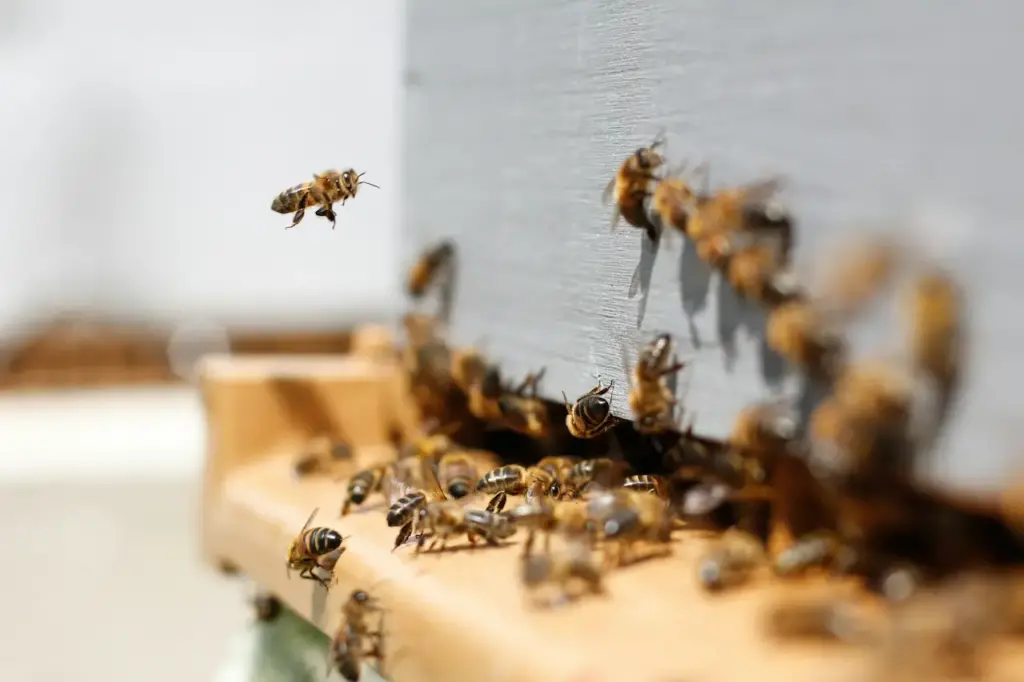
The Importance of Bees
Pollination
Bees play a crucial role as pollinators in our ecosystem, helping plants reproduce. They collect nectar and pollen from flowers, aiding in the pollination process, which in turn results in the growth of fruits and vegetables. Here are some characteristics of bees as pollinators:
- Transfer pollen between plants
- Help in the production of fruits and vegetables
- Contribute to biodiversity in gardens and ecosystems
For example, some of the main crops pollinated by different types of bees like honey bees, bumble bees, and mining bees include apples, almonds, and blueberries.
Honey Production
In addition to pollination, bees are vital for honey production. Beekeepers maintain colonies of honey bees in hives to collect honey and other products like beeswax and pollen. The steps involved in honey production:
- Foraging bees collect nectar from flowers
- Bees store nectar in their honey stomachs
- Nectar is transformed into honey through enzymes
- Honey is deposited into honeycomb cells
Pros:
- Natural sweetener
- Contains antioxidants and vitamins
- Can be used for various culinary and beauty purposes
Cons:
- May cause allergic reactions in some people
- Not suitable for infants under a year old
Here’s a comparison table of honey bees and bumble bees:
| Honey Bees | Bumble Bees | |
|---|---|---|
| Size | Smaller, about 15 mm | Larger, about 20-23 mm |
| Hive | Large colonies, up to 60,000 bees | Smaller groups, up to 200-400 bees |
| Role | Pollinate large-scale agricultural crops | Pollinate smaller gardens and greenhouses |
| Honey Production | Yes | No |
In summary, bees are essential for pollination, contributing to plant reproduction and fruit/vegetable growth, and honey production that offers various uses and benefits.
Threats to Bees and Bee Habitats
Predators and Pests
Bees face various predators and pests that threaten their habitats and colonies. Some common bee predators include:
- Ants: They can invade the hive and eat bee larvae and honey.
- Wasps: They may attack and feed on adult bees and larvae.
- Bears: They can destroy hives to consume honey and larvae.
- Skunks: They often attack and eat bees near the hive entrance.
- Birds: Some bird species, such as honey buzzards, feed on bees and their larvae.
- Hoverflies: They are mimics of bees and may compete for resources.
Pests are another concern for bee habitats. For example, varroa mites feed on the fat bodies of adult bees, prepupae, and pupae, causing a severe decline in bee populations.
Colony Collapse Disorder
Colony Collapse Disorder (CCD) is a phenomenon in which worker bees abandon the hive, leaving the queen, broods, and an insufficient number of worker bees and nurse bees behind. This leads to the colony’s collapse as there are not enough worker bees to maintain it. The exact cause of CCD is not yet fully understood, but some factors that contribute to its occurrence include:
- Pesticides: Exposure to certain pesticides, such as neonicotinoids, can harm bee health and lead to colony collapse.
- Pathogens: Fungal, bacterial, and viral infections may target bee populations and weaken the colony.
- Poor nutrition: Limited access to diverse and high-quality pollen and nectar sources can impact bee health and lead to colony collapse.
- Climate change: Extreme weather patterns can disrupt bee foraging, affecting their ability to gather resources and maintain a healthy colony.
Conservation and Bee-Friendly Practices
Creating a Bee-Friendly Environment
Upkeeping the environment is crucial for bees. Bees require a variety of flowers for pollen and nectar sources. Plant native plants as they are four times more attractive to native bees. Be sure to provide water sources:
- Shallow water with rocks
- A dripping tap or fountain
Additionally, offer nesting habitats for diverse bee species. For example:
- Leave dead plant stalks
- Provide small holes in wood or soil
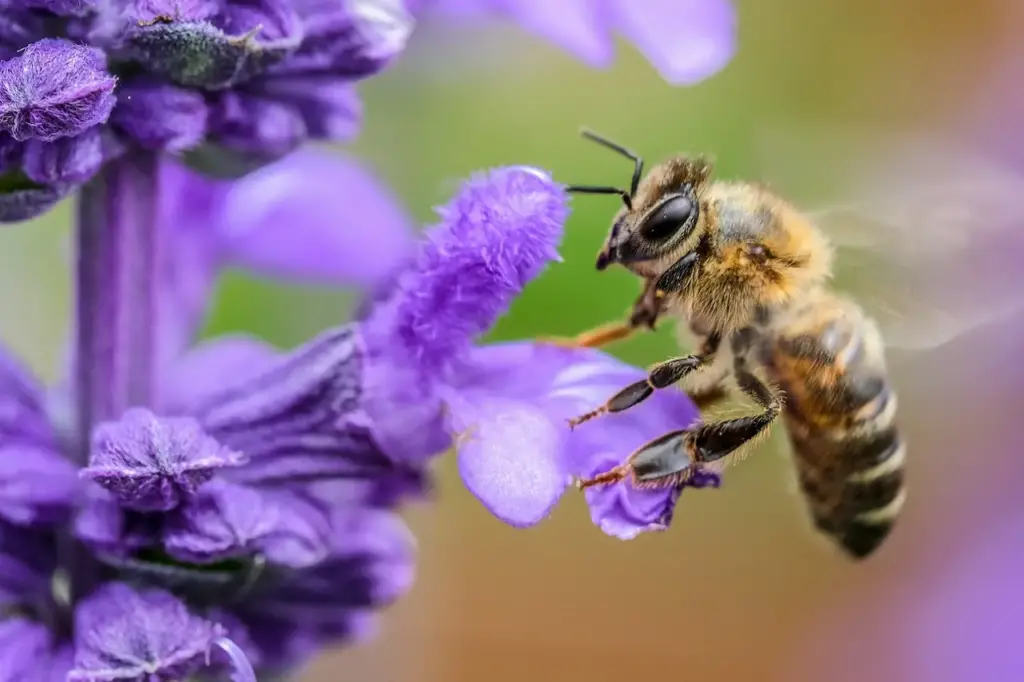
Supporting Beekeepers
Healthy hives are vital for beekeeping success. As of June 3, adopt these practices to back beekeepers:
- Buy locally-produced honey: Supports beekeepers financially, ensuring hive maintenance.
- Educate yourself and others: Raise awareness on national and local beekeeping issues.
- Participate in programs: Join initiatives like Bee Better Certification to endorse pollinator-friendly farms.
| Supporting Beekeeping | Pros | Cons |
|---|---|---|
| Buy local honey | Financial aid for beekeepers | May be more expensive |
| Educate on beekeeping | Spreads awareness of bee importance | Requires time and dedication |
| Participate in programs | Ensures pollinator-friendly farming | May require additional resources |
By employing these practices, you can actively participate in bee conservation and promote a healthy environment for these vital pollinators.
